Long before Apollo astronauts set foot upon the Moon, much was unknown about the lunar surface. While most scientists believed the Moon had a solid surface that would support astronauts and their landing craft, there were some who believed it was covered in a deep layer of dust that would swallow any visitors. Until 1964, no closeup photographs of the lunar surface were available, only those obtained by Earth-based telescopes and grainy low-resolution images of the Moon’s far side obtained in 1959 by the Soviet Luna 3 robotic spacecraft.
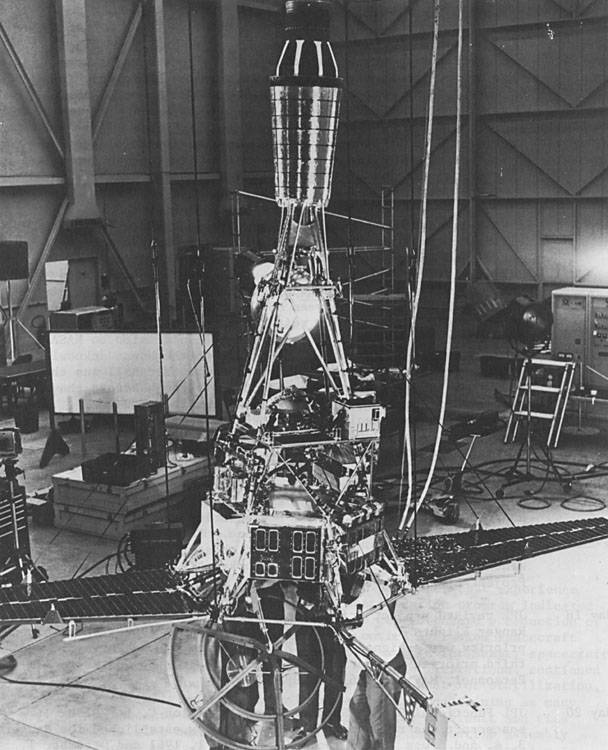
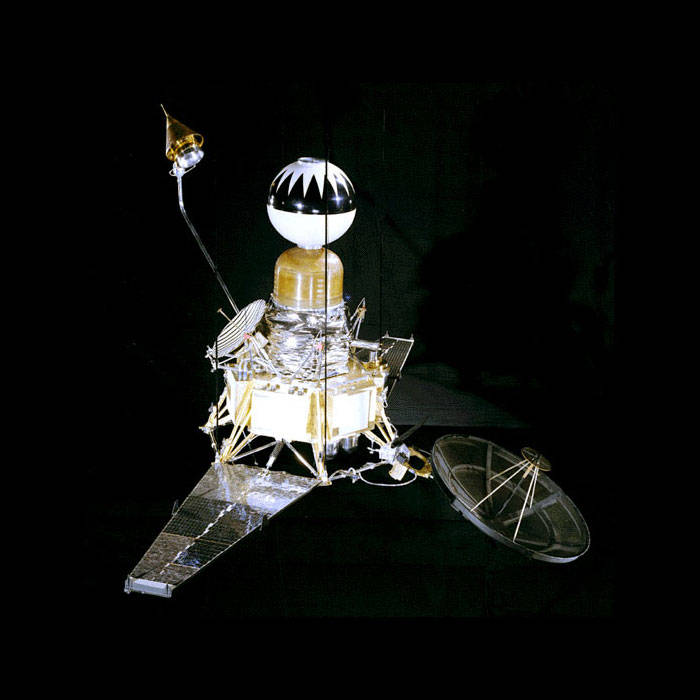
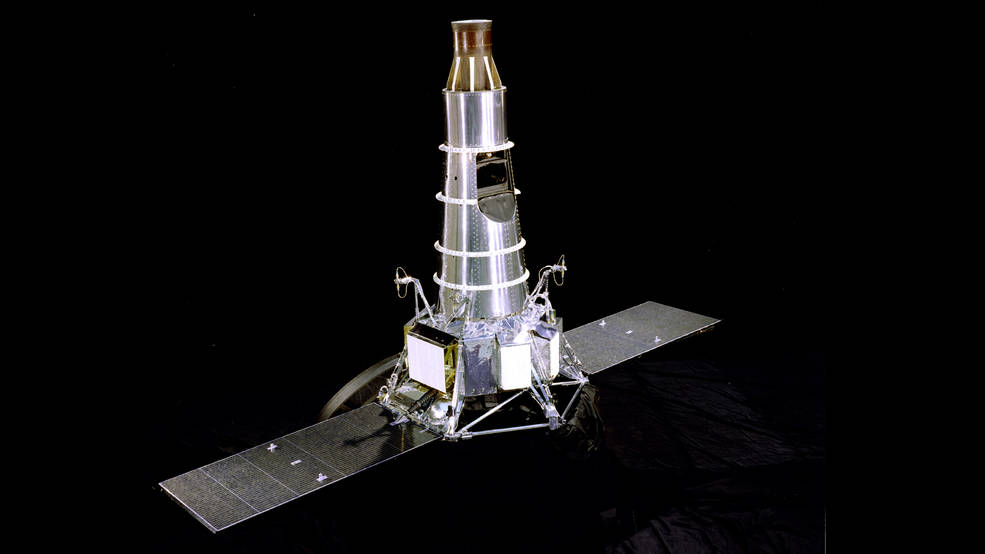
Left: Block 1 Ranger spacecraft. Middle: Block 2 Ranger spacecraft, showing the black-and-white spherical capsule. Right: Block 3 Ranger spacecraft.
The goal of the Ranger series of spacecraft was to acquire close-up images of the lunar surface. The program, begun in 1960, consisted of three phases of increasing complexity. The first phase of the program, designated “Block 1,” was designed to test the Atlas-Agena launch vehicle by placing a Ranger spacecraft in a highly elliptical Earth orbit where its equipment could be tested. The second “Block 2” phase built on the lessons of Block 1 to send three spacecraft to the Moon to collect images and data and transmit them back to Earth. Each Block 2 Ranger carried a television camera for collecting images, a gamma-ray spectrometer for studying the minerals in the lunar rocks and soil, and a radar altimeter for studying lunar topography. These spacecraft also carried a capsule containing a seismometer and transmitter that would be able to operate for up to 30 days after being dropped on the lunar surface, protected from the impact by being encased in balsa wood. The final “Block 3” phase consisted of four spacecraft that each carried a high-resolution imaging system consisting of six television cameras with wide- and narrow-angle capabilities. They were capable of taking 300 pictures per minute.
The Block 1 and 2 Rangers met with limited success. Neither Ranger 1 nor 2 left low Earth orbit due to booster problems. Ranger 3 missed the Moon by 22,000 miles and sailed on into solar orbit, returning no photographs but taking the first measurements of the interplanetary gamma ray flux. Ranger 4 was the first American spacecraft to impact the Moon, and on its far side to boot, but due to a power failure in its central computer could not return any images or data. Ranger 5 missed the Moon by 450 miles and also failed to return images due to a power failure and entered solar orbit. None of the Block 2 Rangers delivered their seismometer capsules to the Moon’s surface. Ranger 6, the first of the Block 3 spacecraft, successfully impacted on the Moon but its television system failed to return any images due to a short circuit. All hopes rested on Ranger 7 to redeem the program.
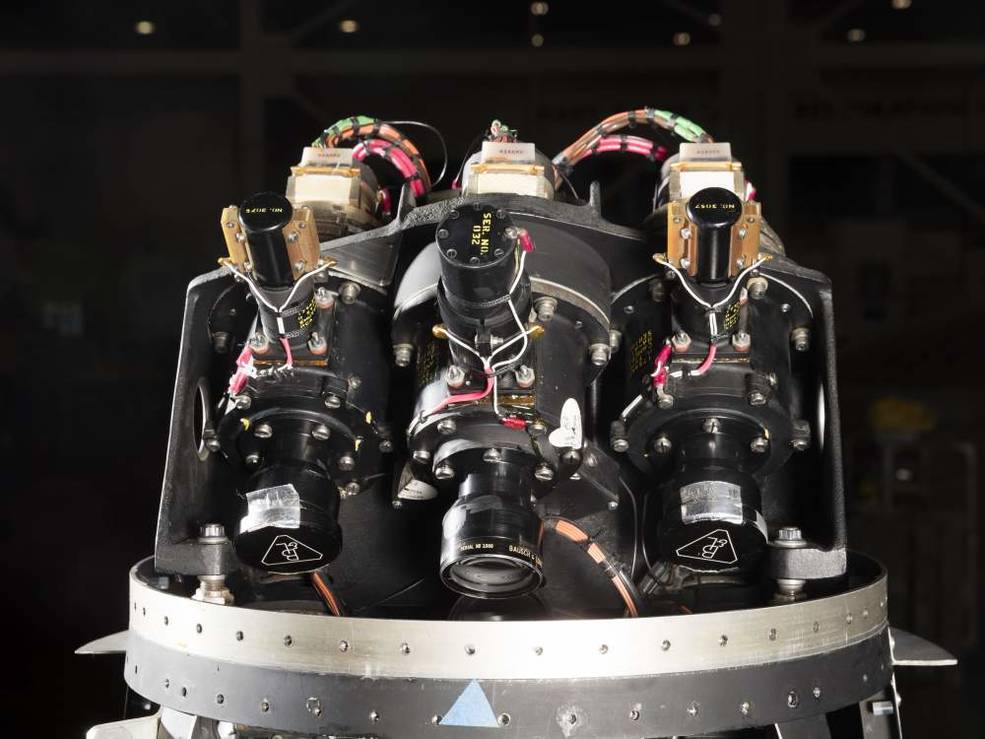
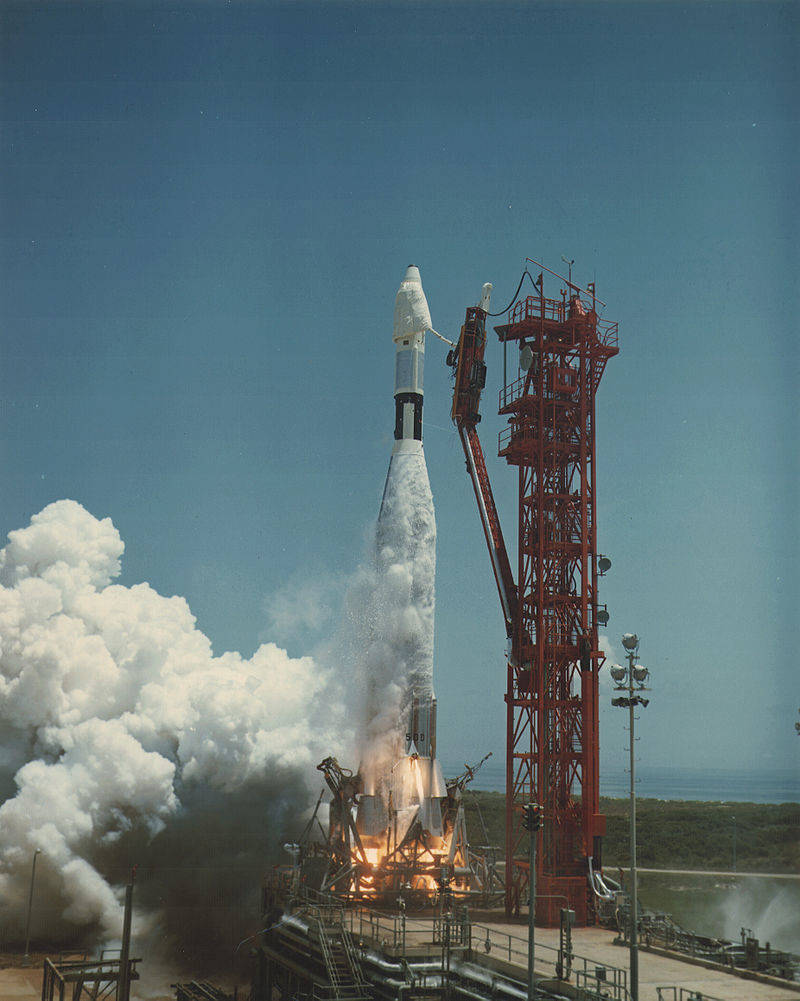
Left: Television camera system aboard Ranger 7. Right: Launch of Ranger 7.
On July 28, 1964, Ranger 7 launched from Cape Canaveral, Florida. The Atlas-Agena rocket first placed the spacecraft into Earth orbit before sending it on a lunar trajectory. A mid-course correction was successfully carried out the day after launch. On July 31, Ranger 7 reached the Moon. During its final 17 minutes of flight, the spacecraft sent back 4,316 images of the lunar surface. The last image taken 2.3 seconds before impact had a resolution of just half-a-meter. The area in which it crashed – between Mare Nubium and Oceanus Procellarum – was renamed Mare Cognitum, Latin for “The Sea that has Become Known,” in honor of being the first spot on the Moon seen close-up.

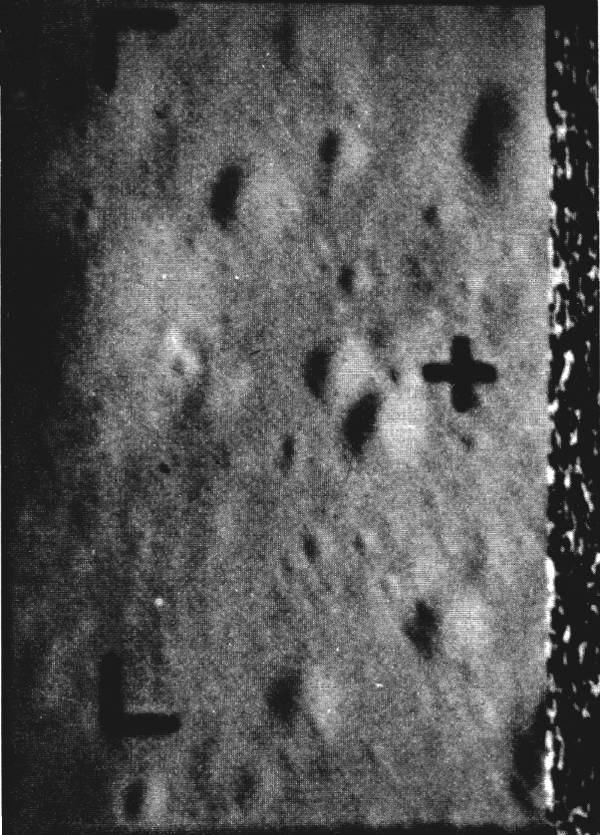
Left: The first image returned by Ranger 7. Right: The final image returned by Ranger 7.
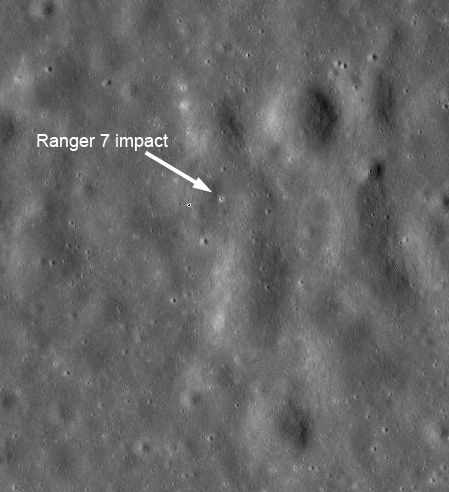
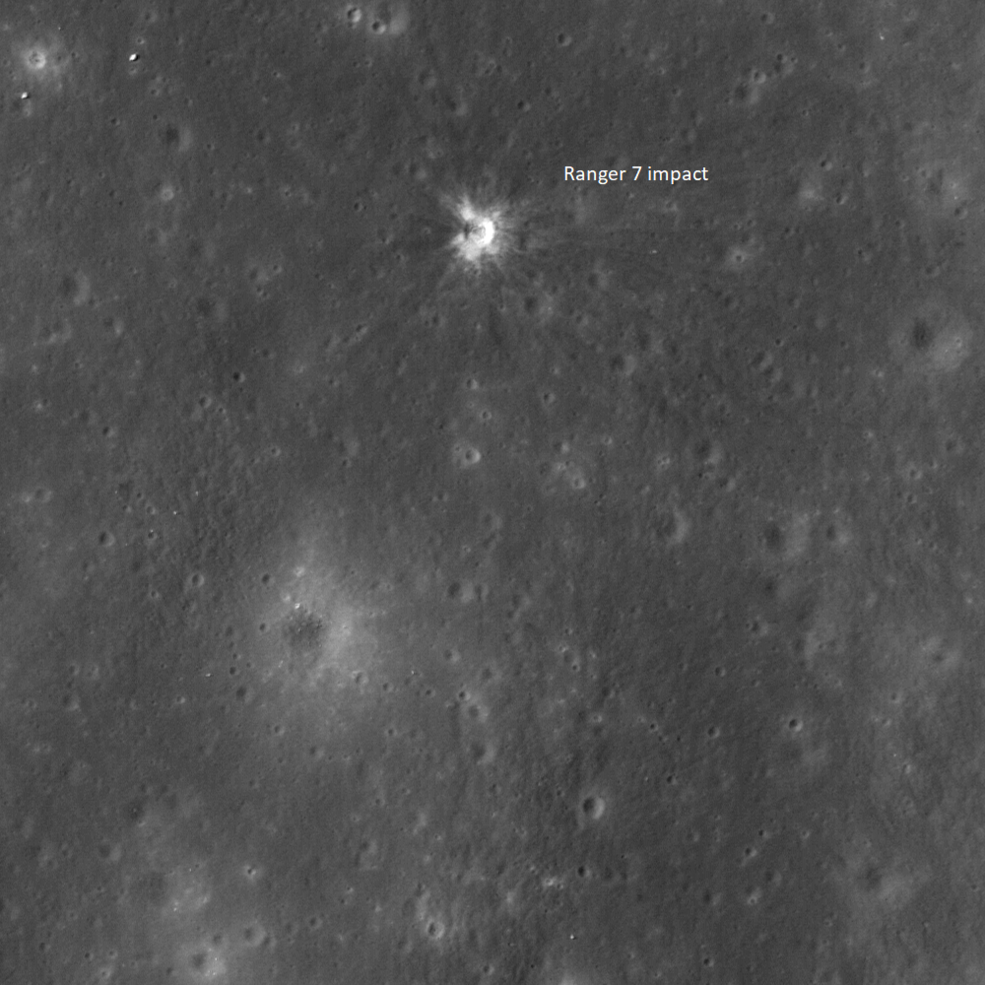
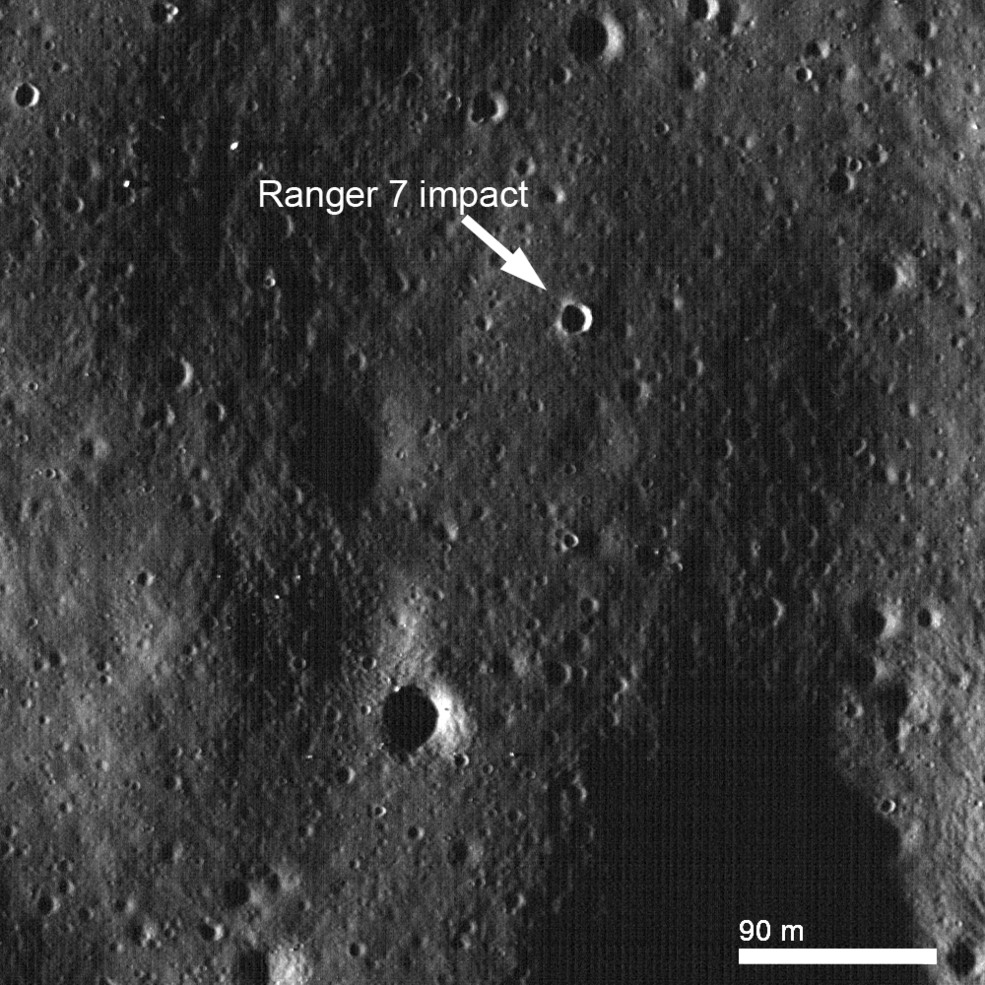
Left: The Ranger 7 impact crater photographed during the Apollo 16 mission. Middle and right: Two images of the Ranger 7 impact crater, the second under low sun angle, taken by the Lunar Reconnaissance Orbiter spacecraft.
Two more Ranger missions followed. Ranger 8 returned more than 7,000 images of the Moon. Ranger 9 returned “live” TV images of the Alphonsus crater and the surrounding area as it approached its crash site in the crater – letting millions of Americans see the Moon up-close as it was happening. Based on the photographs returned by the last three Rangers, scientists felt confident to move on to the next phase of robotic lunar exploration, the Surveyor series of softlanders.


























